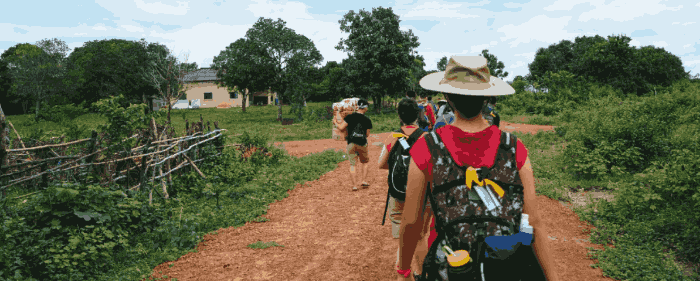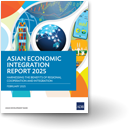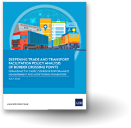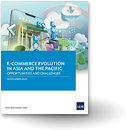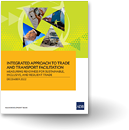Research Notes
New blog posts
- 2Oct2025
Your Questions Answered: What Will be the Impact of the New US Remittance Tax?
The United States’ One Big Beautiful Bill Act adds a 1% tax on most money transfers sent from the US to other countries. The US is the single largest source of remittances to Asia and the Pacific, but the low rate of the tax and the many ways to avoid it will considerably limit its impact, according to research for the July 2025 Asian Development Outlook
6May2025Making Connections: How Asia’s Tourism Is Taking Off Again
Strategic investments in transport infrastructure and streamlined visa policies are proving essential for boosting tourist flows and economic resilience.
6May2025As Nations Reshore, ASEAN Should Explore Trade, Digitalization and Connectivity
Issues around climate change and rivalry around frontier technology (artificial intelligence, big data, internet of things) are increasingly being discussed as issues of national security.
28Apr2025Better with Age: How Lifelong Learning Can Transform the Workforce
Countries in Asia and the Pacific are undergoing a significant demographic shift: the share of older adults is expected to grow.
;1Apr2025Preparing the Nation for Integration: Timor-Leste’s Path to ASEAN
Since applying for ASEAN membership in 2011, Timor-Leste has undertaken significant reforms, investments, and policy alignments
1Apr2025Empowering Women in Tourism: The Key to a Healthy, Resilient Industry
Women are a significant driving force in the tourism sector in Asia and the Pacific, constituting a majority of the workforce (52%).
Related Links:





